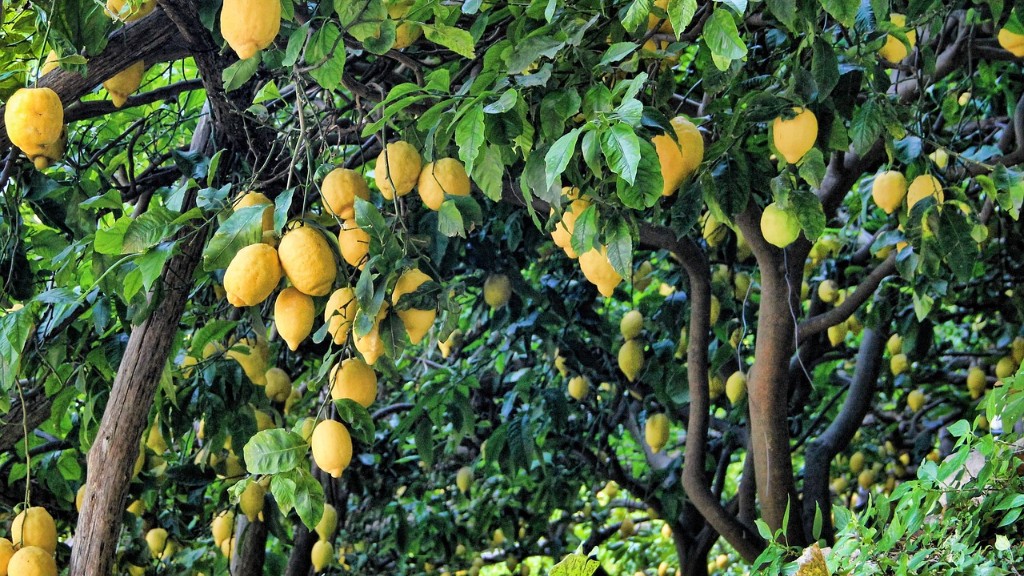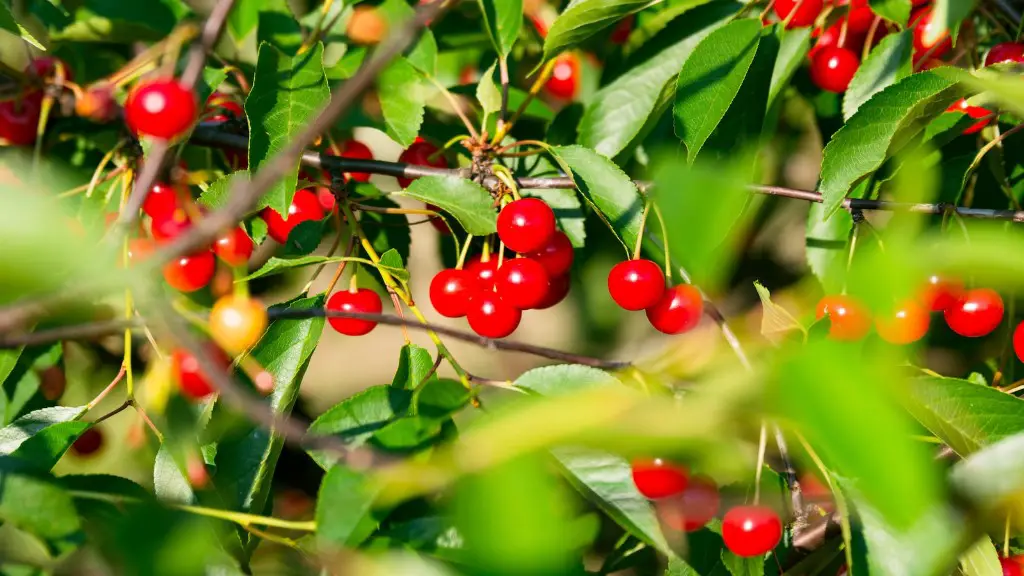Fruit on a lemon tree is often indicated by the presence of flowers. However, the correlation between flowers and fruit is not as straightforward as one might think. There are plenty of biological and environmental factors that influence the process of flowering and fruiting on a lemon tree, making it difficult to definitively draw a connection between flowers and fruit. Here are some key considerations to keep in mind.
1. Temperature
Temperature plays an important role in the process of flower formation and fruit development. Lemon trees require at least eight to ten hours of sun exposure and temperatures between 65–85°F for optimum flowering and fruiting. If the weather conditions are not within this range, the process of flowering and fruiting may be delayed or prevented altogether. Therefore, extreme changes in temperature may have an adverse effect on the development of flowers and fruit on a lemon tree.
2. Sunlight
Along with temperature, the amount of sunlight that a lemon tree receives plays an essential role in the process of flower production and fruit development. Lemon trees have the potential to bear fruit in the right conditions, but this process can be hampered if the tree is not receiving enough sunlight. Trees need at least eight to ten hours of direct sunlight during the flowering and fruiting season to produce desired results.
3. Nutrients
The availability of adequate nutrients is also a key factor in the development of flowers and fruits on a lemon tree. If a lemon tree does not have access to the right nutrients, it will not be able to produce the high number of flowers and fruits necessary for a healthy crop. Therefore, it is important to ensure that the soil the lemon tree is planted in is rich in nutrients, such as nitrogen, phosphorus, and potassium.
4. Water
The availability of water is also a key factor in the production of flowers and fruits on a lemon tree. Lemon trees require regular watering to sustain healthy growth and should be watered at least once a week during the flowering and fruiting season. Without an adequate supply of water, a lemon tree may struggle to produce flowers and fruits in abundance.
5. Pests and Diseases
Pests and diseases can have a significant impact on the development of flowers and fruits on a lemon tree. Pests such as mites, aphids, and whiteflies can cause damage to the tree and disrupt the process of flowering and fruiting. Similarly, fungal diseases such as powdery mildew and citrus canker can damage the tree, negatively affecting its flowering and fruiting. Therefore, regular monitoring and treatment of pests and diseases is essential for maintaining a healthy lemon tree.
6. Quality of the Plant
The quality of the lemon tree is another key factor in determining the amount of flowers and fruits a tree will produce. Lemon trees are fast-growing plants that can easily become overcrowded and unhealthy. Therefore, it is important to prune and maintain the lemon tree on a regular basis to ensure that it is producing healthy flowers and fruits.
7. Time of Year
The time of year is also a critical factor in the development of flowers and fruits on a lemon tree. Lemon trees typically flower and fruit during the summer months when temperatures and sunlight levels are adequate. Therefore, it is important to ensure that the tree has enough time to flower and fruit in order to get the best possible results.
8. Pollination
Pollination is also an essential factor in the formation of fruit on a lemon tree as it helps to ensure that the tree produces a healthy crop. It’s important to make sure that there are enough pollinating insects in the area such as bees to help ensure that the flowers are properly pollinated and the fruits develop correctly. Without pollination, there would be little to no fruit produced on a lemon tree.
9. Grafting
Grafting is also a vital part of lemon tree production as it helps to promote the creation of more fruit on a single tree. Grafting involves attaching a new, healthy branch onto an older, established tree. This encourages the tree to produce more flowers and fruit, as well as to produce a higher quality of fruit. However, it is important to note that grafting will not have any effect on the number of flowers that are produced.
10. Training and Pruning
Pruning and training a lemon tree is also important for optimal flower and fruit production. Pruning helps to ensure that only the strongest, healthiest branches are left on the tree, promoting flowering and fruiting. Additionally, training the branches and stems of the tree will help to ensure an even spread of flowers and fruit across the entire tree.


